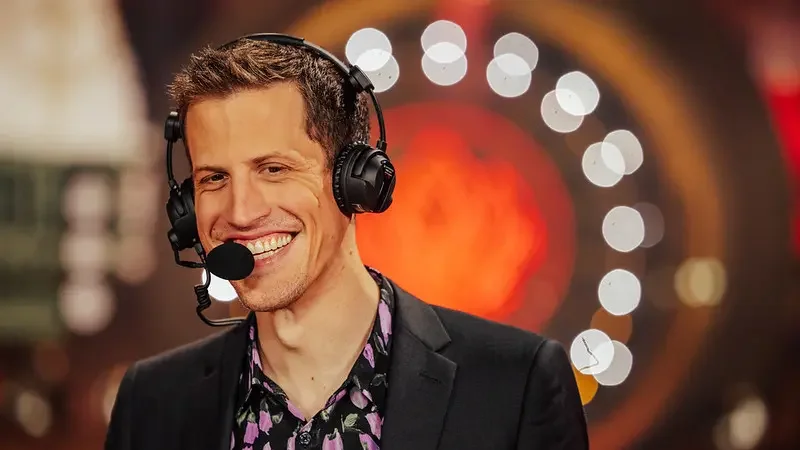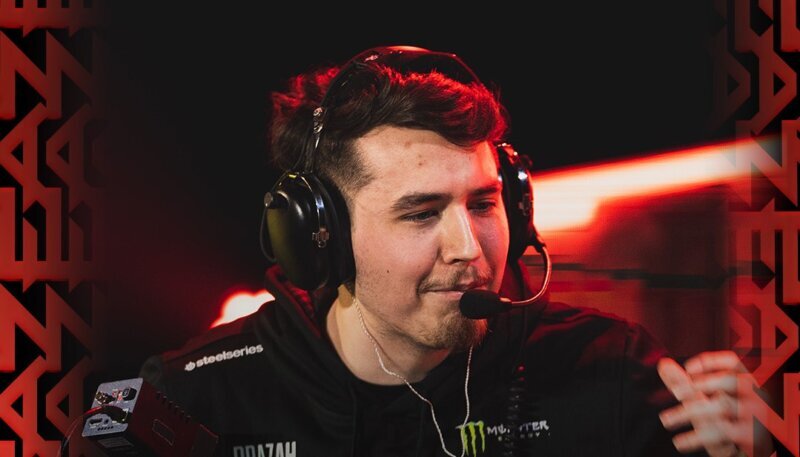The launch of the latest range of Callaway irons has prompted golfers to question whether the company has finally zeroed in on making accurate irons with their new offering.
Callaway’s latest irons line riffs off their existing Paradym range.
However, there have been some substantial promises made regarding the Paradym Ai Smoke irons range.
The development process had its genesis with a coming together of advanced machine learning and big data.
According to Callaway, the result is a face designed with a unique topology for every iron that creates a series of sweet spots across the face.
The line features three distinct models which are each geared towards specific player types and requirements.
The standard Ai Smoke targets average to high swing speeds; the Max Fast is for those needing to generate more swing speed and launch; and the HL model is for players who struggle to get the ball in the air and need a height boost.
Callaway turns to AI to solve accuracy issues
Callway’s Paradym irons have developed a reputation for hitting long when struck sweetly but lacking the forgiveness of their near competitors in the market.
Part of their AI-driven design process has been tailored to producing a range of irons with greater forgiveness.
Each of the new irons has an AI-designed face with a mogul-like topology.
What has been created in this process is what Callaway calls “micro deflections” that, promise mini sweet spots across the face.
According to early reviews the standard model is a club looks comforting at address with a slightly longer blade length and a relatively slim topline.
The hollow-body design is well-concealed with a cupface where parts of the face wrap around the sole and topline to create what they market as a faster-flexing face.
“We’ve increased our use of topography in the iron face, similar to what we’ve done on the driver,” said Brian Williams, VP of R&D for Callaway.
“We’ve seen that we can have a face that can flex and, like we do in the woods, really control launch and spin, and manipulate those ball trajectories off different points in the face. In an iron application, we wanted to use [artificial intelligence] to really improve those launch conditions and help different types of golfers achieve optimal launch options.”
On all three models, metal injection-molded tungsten weighting helps to accurately situate the centre of gravity in an appropriate location, while urethane microspheres help with sound by supporting the thinnest sections of the face. The shaft lengths are a quarter-inch longer than conventional length to aid in swing speed.
It looks like Callaway have made a concerted effort to produce and market irons to a wider range of players with the Paradym series associated with being a choice for better players looking for distance.
Callaway has promised a more forgiving iron across the board and also brought in two variants to aid players with common issues for casual golfers.
First there is the Ai Smoke Max Fast range which has been crafted with the intent of aiding players who struggle to generate clubspeed and therefore ball speed.
The Max Fast incorporates all the features of the standard model and has slightly lighter headweights and ultralight shafts to help deliver a higher launch.
“The Max Fast player will be obvious to fitters with [their] low swing speeds,” Williams said.
” We’ve gone lighter in head weight to promote extra speed and head space, and we’ve asked the face to prioritize launch and speed for this player. I think these are going to be a fitters’ delight in really helping what these players are seeking based on their swing code.”
Then we have the Paradym Ai Smoke HL.
The Smoke HL differs from the Max Fast in that it focuses more on generating height than speed although being a Callaway Paradym iron getting reasonable distances shouldn’t be a problem. Pitched at those who carry their 7-iron 130 yards or less, Callaway’s supercomputer simulated tens of thousands of impacts to arrive at the Smoke HL design, which aims to keep the ball in the air longer by improving launch and spin.
“This cavity-back design helps; it’s a confidence builder, it promotes MOI and forgiveness,” Williams said.
“But we focused the face on, was [to ask] AI to optimize for launch and spin. We wanted to get face deflection that would help this player get the ball up, hit peak apex heights, and land steeper into greens.”
At launch the standard price per iron should be around US$143 per club.
We will soon know if Callaway has been able to deliver an accurate set of irons with independent robot testing and trial reviews underway.
Has AI helped Callaway finally create some accurate irons? Golf365.


![IPL 2024 [WATCH]: CSK fan silences Pat Cummins as Matheesha Pathirana dismisses Heinrich Klaasen](https://crickettimes.com/wp-content/uploads/2024/04/CSK-fans-reaction.webp)
















You must be logged in to post a comment Login